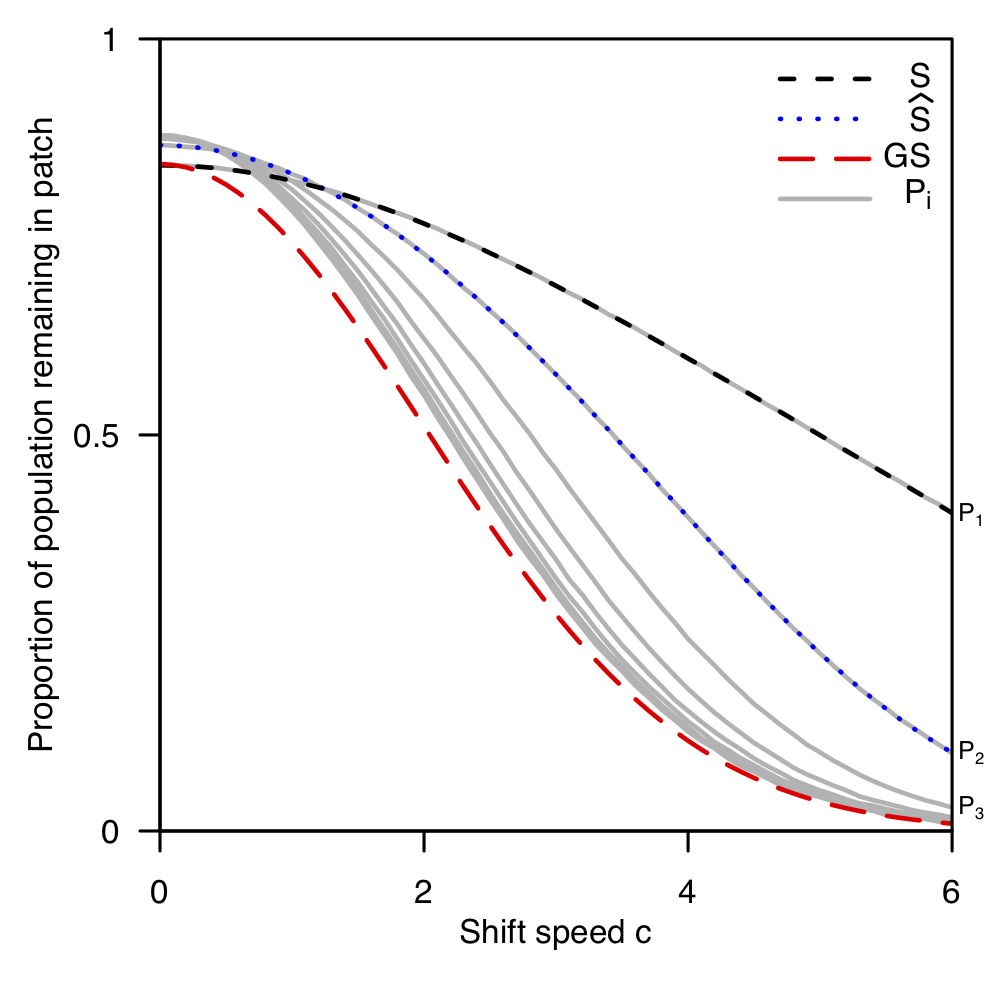The dispersal success and persistence of populations with asymmetric dispersal
Published in Theoretical Ecology, 2018.
Rinnan DS. "The dispersal success and persistence of populations with asymmetric dispersal." Theoretical Ecology, 11(1), 55-69. https://doi.org/10.1007/s12080-017-0348-x
Download here
Abstract:
Asymmetric dispersal is a common trait among populations, often attributed to heterogeneity and stochasticity in both environment and demography. The cumulative effects of population dispersal in space and time have been described with some success by Van Kirk and Lewis’s average dispersal success approximation (Bull Math Biol 59(1): 107–137 1997), but this approximation has been demonstrated to perform poorly when applied to asymmetric dispersal. Here we provide a comparison of different characterizations of dispersal success and demonstrate how to capture the effects of asymmetric dispersal. We apply these different methods to a variety of integrodifference equation population models with asymmetric dispersal, and examine the methods’ effectiveness in approximating key ecological traits of the models, such as the critical patch size and the critical speed of climate change for population persistence.

